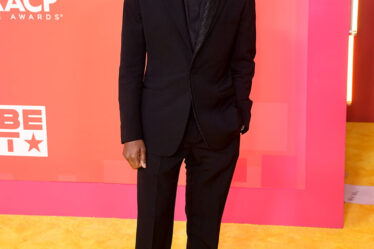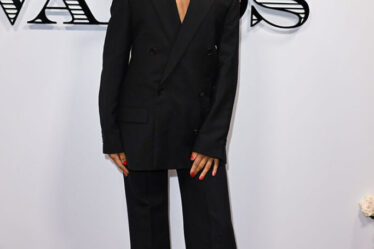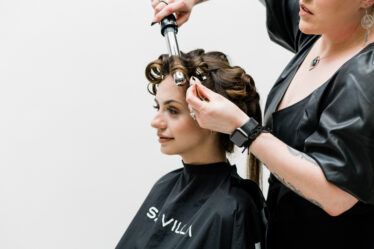
Alaïa’s creative director Pieter Mulier designs costumes and expands the creations from the Alaïa atelier to Paris Opera
Alaïa’s creative director Pieter Mulier designs costumes and expands the creations from the Alaïa atelier to Paris Opera
Alaïa, filled with accentuating shapes and dynamic movement, exudes power and allure as the fashion house redefines modern femininity. This is not the first time Alaïa has created costumes for the dance industry. About a year before the couturier passed, Azzedine Alaïa designed 34 costumes for The Royal Ballet of Flanders in 2016 for the new ballet of Shahrazad.
The beauty of dance and fashion are synonymous as there is a mutual understanding as both parts are vital in the emotional journey and storyline of a performance. There has been a longstanding connection between dance and fashion houses as other brands have joined various ballets like Valentino for the New York City Ballet, Rodarte for the Black Swan film, Iris Van Herpen for NYCB, Dries Van Noten for The Dreamers, Christian Lacroix for A Midsummer Night’s Dream, Riccardo Tisci for Givenchy for the Opera Garnier, Yves Saint Laurent created costumes for several ballets starting in the late 1950s, Coco Chanel in 1924 for the Ballet Russes, Le Train Bleu, and many more collaborations as it comes to no surprise.
The choreographers Bobbi Jean Smith and Or Schraiber trained at the Batsheva Dance Company under renowned Israeli choreographer and creator of the Gaga style, Ohad Naharin. The production of Pit will be the two choreographers’ first contemporary ballet for the Paris Opera Ballet. Pieter Mulier was greeted with the request to design the costumes by Smith and Schraiber as Mulier took on one of his first projects as the newly appointed creative director of the fashion house.

Image Courtesy of Alaïa
The costumes can be described as Mulier-constructed supple armor and made with Alaïa’s signature materials as the garments hug the dancers’ bodies and all their silhouettes and curves. The costumes accentuate the movement and seek to elevate the choreography.

Image Courtesy of Alaïa
There is always excitement along with the thought of two art forms pairing together as a no-brainer when designers take the role of designing costumes for dance performances. It allows for the visual presentation of their minds and the story behind the clothes. The collaboration allows audiences to view through the artistic lens to another level as fashion and movement need each other to evoke emotion and exude a response, connection, or appreciation from viewers.



